We get it—some of the tastiest foods out there aren’t exactly heart-healthy. And trust us, we love them too. But science-backed research shows that certain ingredients can quietly raise your cholesterol, increasing your risk for heart disease over time. The good news? There are also plenty of delicious, satisfying foods that can help lower it naturally. This isn’t about restriction—it’s about awareness and smarter choices. In this guide, we’ll explore 12 foods linked to higher cholesterol and 12 that can help bring it down. Everything in moderation is key, and small swaps can make a big, heart-loving difference.
1. LIMIT: Processed Meats

From deli sandwiches to breakfast sausages, processed meats are a staple in many diets—but they come with a cost. These products are often loaded with saturated fats, sodium, and preservatives like nitrates, all of which contribute to higher LDL (bad) cholesterol levels and inflammation.
Research published in the Journal of the American Medical Association links regular consumption to increased heart disease risk. While convenient and flavorful, enjoying processed meats in moderation or swapping in leaner, less-processed protein sources can do wonders for your cardiovascular health. Even small cutbacks can make a lasting impact on your cholesterol over time.
2. LIMIT: Full-Fat Dairy Products
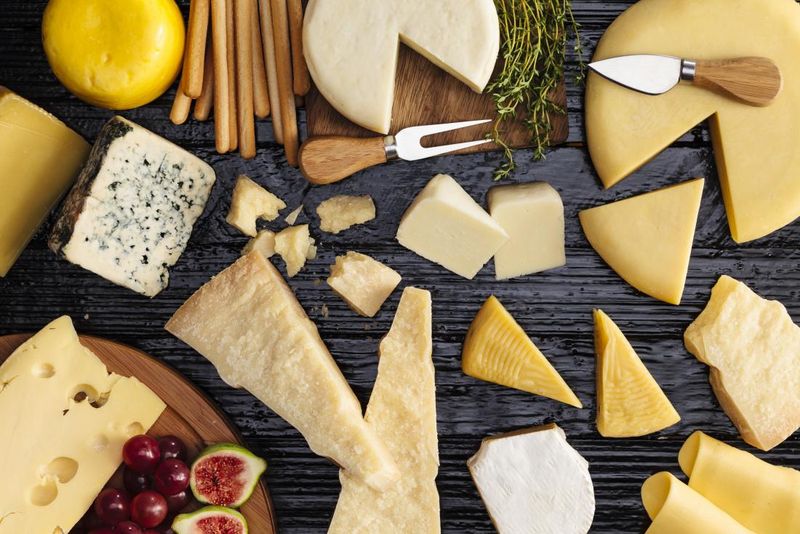
Creamy cheese, buttered toast, and whole milk have their comfort-food charm. But full-fat dairy is one of the most concentrated sources of saturated fats, which can raise LDL cholesterol levels. According to the American Heart Association, excess saturated fat can increase plaque buildup in the arteries. You don’t have to give up dairy completely—low-fat or plant-based alternatives can offer similar texture and flavor with fewer heart health consequences. If you’re a dairy lover, try balancing your intake with cholesterol-lowering foods like oats, fruits, and healthy fats to maintain harmony on your plate.
3. LIMIT: Fried Foods

There’s something irresistible about crispy, golden fried food. Unfortunately, the deep-frying process often involves oils high in trans fats or reused oils that degrade over time. Studies show this contributes to arterial inflammation and elevated LDL cholesterol.
Common culprits like fried chicken, fries, and onion rings might satisfy cravings but can also set the stage for long-term cardiovascular strain. Baking or air-frying offers a satisfying crunch with far less risk. It’s not about quitting fried foods forever—it’s about making them an occasional indulgence rather than a go-to meal.
4. LIMIT: Baked Goods with Hydrogenated Oils

Sweet, flaky pastries and cookies made with partially hydrogenated oils are more than just empty calories—they’re a source of trans fats, which are strongly linked to higher cholesterol and heart disease risk. Even small amounts of trans fats can raise LDL levels while lowering HDL (good cholesterol), creating a double whammy. The FDA has banned artificial trans fats in many products, but they can still sneak in through shelf-stable baked goods. Always check ingredient labels, and when you can, try baking at home using heart-healthy oils or wholesome ingredients like oat flour or applesauce.
5. LIMIT: Fast Food
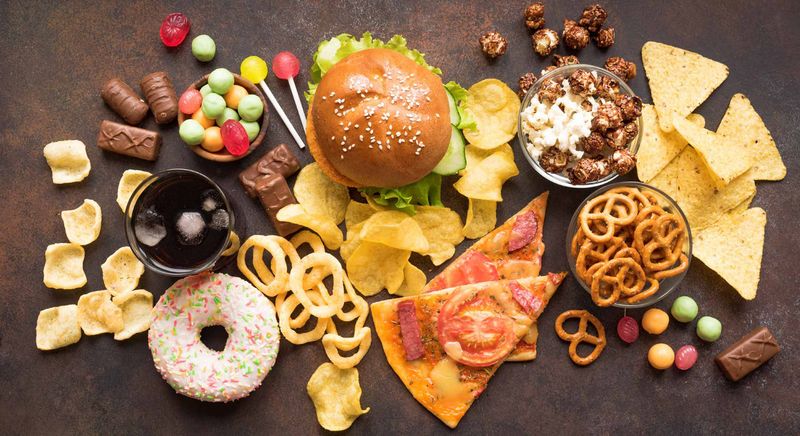
Quick, cheap, and delicious—fast food is hard to resist when life gets busy. But meals from the drive-thru often pack a dangerous combo of saturated fat, sodium, and refined carbs. Burgers, fried chicken sandwiches, and creamy sides are linked to higher cholesterol and increased heart disease risk.
The occasional fast-food run won’t break your health, but making it a habit might. Nutritionists recommend checking nutrition info ahead of time and opting for grilled options, extra veggies, and smaller portion sizes when possible. Awareness makes a huge difference—even at your favorite chain.
6. LIMIT: Red Meat (Fatty Cuts)
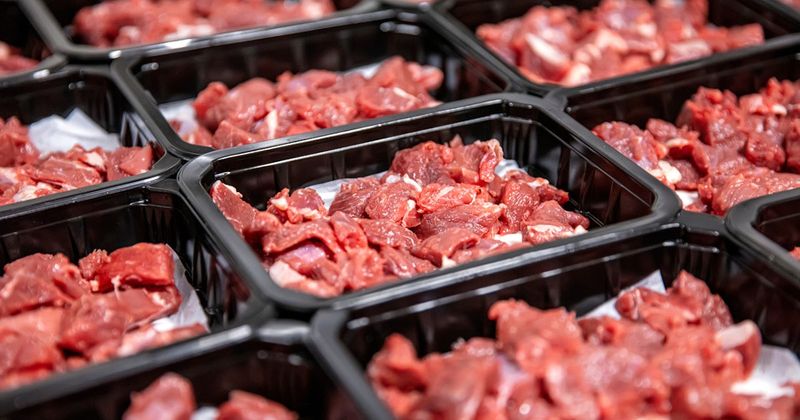
A juicy steak or burger can feel like a treat—but fatty cuts of red meat come with saturated fat levels that can quickly add up. Frequent consumption is associated with elevated LDL cholesterol and an increased risk of cardiovascular disease. Harvard researchers have found that replacing red meat with plant-based proteins or fish can significantly lower cholesterol levels. You don’t have to ditch steak night altogether; just opt for leaner cuts like sirloin or swap in a veggie burger occasionally. Balance and variety are the keys to making meat work in a heart-smart diet.
7. LIMIT: Palm and Coconut Oil

Although often marketed as “natural” or “healthy,” palm and coconut oils are surprisingly high in saturated fats—more so than butter. While coconut oil has antioxidant properties, most health experts caution against using it as your main cooking fat if you’re concerned about cholesterol.
A British Journal of Nutrition study found these oils can raise LDL levels, much like animal fats. Olive, avocado, or canola oil offer more favorable profiles for heart health. If you enjoy coconut-flavored dishes, using it sparingly while rotating in other oils is a simple, heart-friendly tweak.
8. LIMIT: Ice Cream
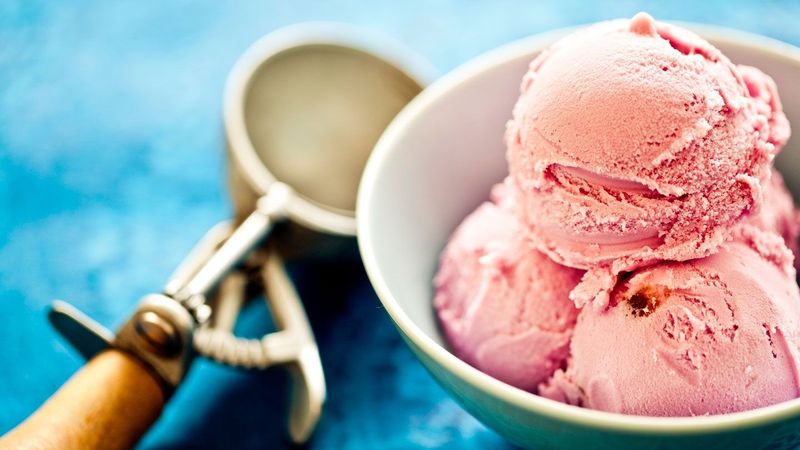
Dessert lovers, we understand the pull of a creamy bowl of ice cream. But behind that indulgent sweetness lies a mix of full-fat dairy and added sugars—both of which can contribute to elevated cholesterol and weight gain. According to the National Lipid Association, diets high in added sugar can also lower HDL cholesterol, worsening the overall balance. Instead of cutting it out completely, try enjoying smaller servings or switching to lower-fat or plant-based frozen desserts. Sometimes, a few mindful scoops can be just as satisfying as the whole pint.
9. LIMIT: Egg Yolks (In Excess)
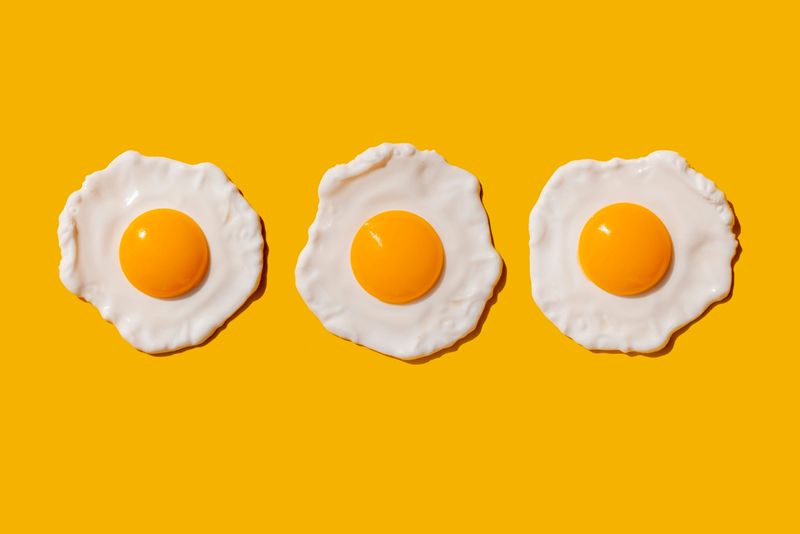
Eggs are nutrient-dense and affordable, but the yolks are rich in cholesterol—about 186 mg each. While recent research has softened the stance on eggs, moderation is still important, especially for those with existing heart conditions. The American Journal of Clinical Nutrition suggests that for most people, moderate egg consumption doesn’t drastically raise cholesterol—but combining them with high-saturated-fat foods (like bacon or cheese) can. Using more egg whites and fewer yolks in recipes is an easy compromise. You can still enjoy your morning omelet—just tweak it to support your heart.
10. LIMIT: Cream-Based Sauces
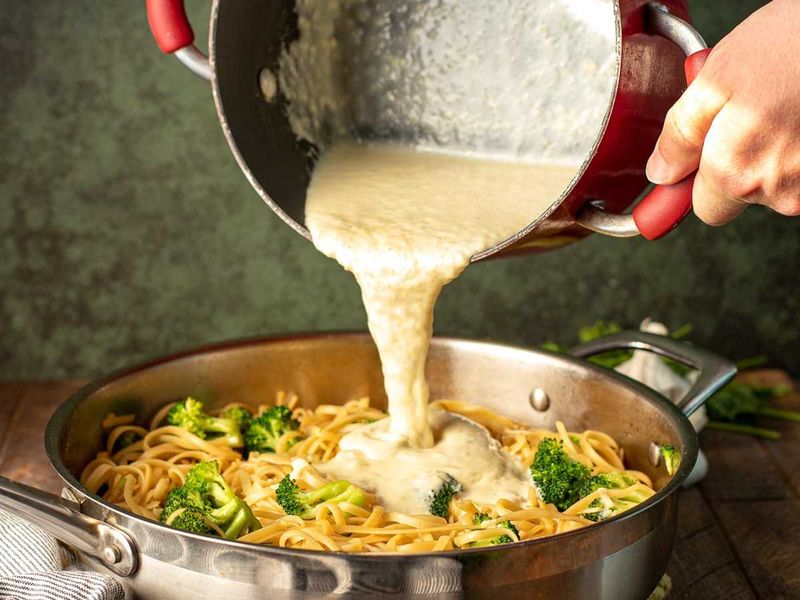
From pasta Alfredo to rich gravy, cream-based sauces bring comfort and decadence to meals. Unfortunately, they’re also a concentrated source of saturated fat from butter, cream, and cheese—all of which can raise LDL cholesterol. A single serving can easily exceed your daily recommended limit of saturated fat.
Experts suggest swapping heavy cream with alternatives like Greek yogurt, cashew cream, or olive oil-based sauces. You don’t have to sacrifice flavor to eat heart-healthy—it just takes a few clever substitutions to transform a heavy dish into something equally satisfying and cholesterol-friendly.
11. LIMIT: Processed Snacks (Chips, Cheese Puffs)
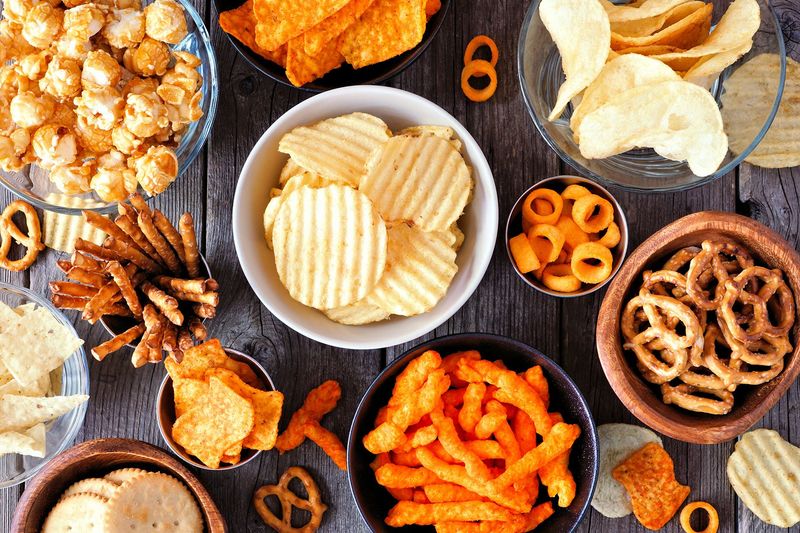
Crunchy snacks like chips and cheese puffs are engineered for instant gratification—but they’re often loaded with saturated fats, trans fats, and refined carbs. These ingredients can all raise LDL cholesterol and promote inflammation. The more frequently we reach for processed snacks, the more they crowd out nutrient-rich foods that support healthy cholesterol levels. Consider satisfying your craving with air-popped popcorn, roasted chickpeas, or a handful of nuts. You still get the crunch, but without the cholesterol consequences. And yes, the occasional snack bag won’t hurt—just don’t make it a habit.
12. LIMIT: Shellfish

Seafood lovers might be surprised to learn that shellfish—like shrimp, crab, and lobster—contain relatively high levels of dietary cholesterol. For example, a standard serving of shrimp packs nearly 200 mg. However, it’s important to note that current research suggests dietary cholesterol doesn’t impact blood cholesterol as much as saturated and trans fats do.
Shellfish are low in saturated fat and offer heart-friendly omega-3s, making them a complex case. Rather than avoiding them entirely, focus on preparation methods—grilled or steamed over fried—and enjoy in moderation. With balance, shellfish can still have a place on a cholesterol-conscious plate.
13. ADD: Oats and Barley
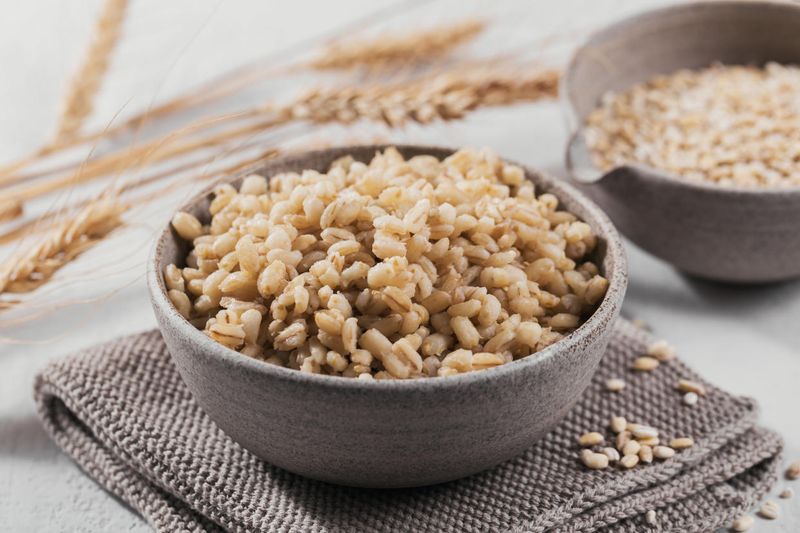
Two humble grains, oats and barley, are some of the most powerful allies in the fight against high cholesterol. Both are packed with beta-glucan, a soluble fiber that binds to cholesterol in the digestive tract and helps flush it from the body.
Studies show that just 3 grams of beta-glucan per day can noticeably lower LDL levels. Oats are a breakfast favorite, while barley works beautifully in soups, salads, and sides. They’re easy to enjoy, budget-friendly, and full of heart-smart benefits. Including them regularly in your meals is a simple step with big long-term rewards for your heart.
14. ADD: Legumes (Lentils, Chickpeas, Black Beans)
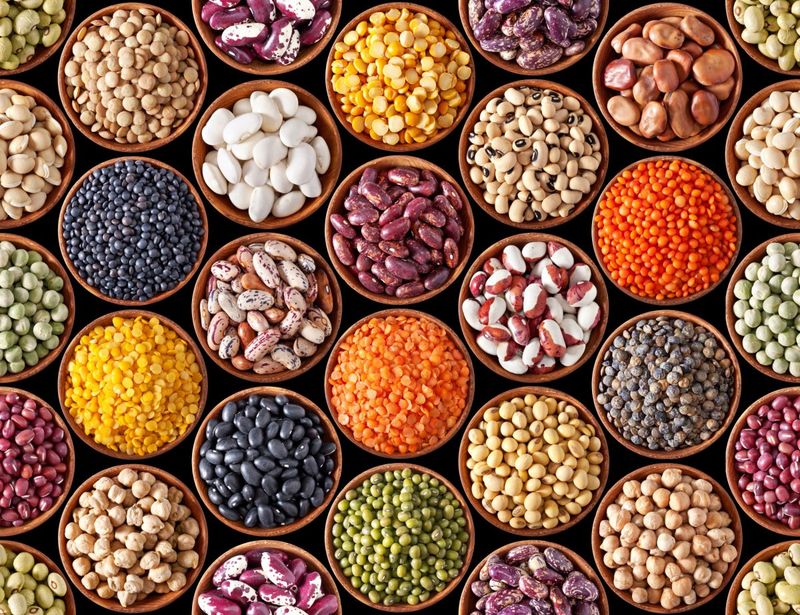
Swapping red meat for legumes a few times a week is one of the easiest ways to lower your cholesterol naturally. Lentils, beans, and chickpeas are packed with soluble fiber, which helps clear cholesterol from your digestive tract. They also contain plant-based protein, making them an excellent replacement for animal-based sources that are often high in saturated fat. A study published in The Canadian Medical Association Journal found that just one serving per day can lower LDL cholesterol significantly. Add them to soups, salads, or grain bowls—they’re filling, affordable, and good for your heart.
15. ADD: Fatty Fish (Salmon, Mackerel)
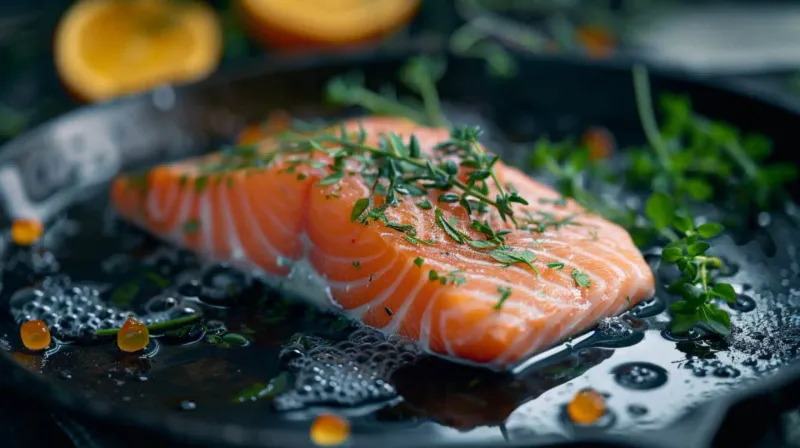
Few foods do more for your heart than oily fish. Salmon, mackerel, sardines, and similar varieties are rich in omega-3 fatty acids, which lower triglycerides, reduce inflammation, and support healthy cholesterol levels. Unlike red meat, they’re low in saturated fat and offer high-quality protein. The American Heart Association recommends eating fatty fish twice a week to gain these benefits. Grilled, roasted, or added to salads, they make delicious meals that nourish your cardiovascular system. It’s not about eliminating favorites—it’s about bringing more protective options onto your plate.
16. ADD: Nuts (Almonds, Walnuts)
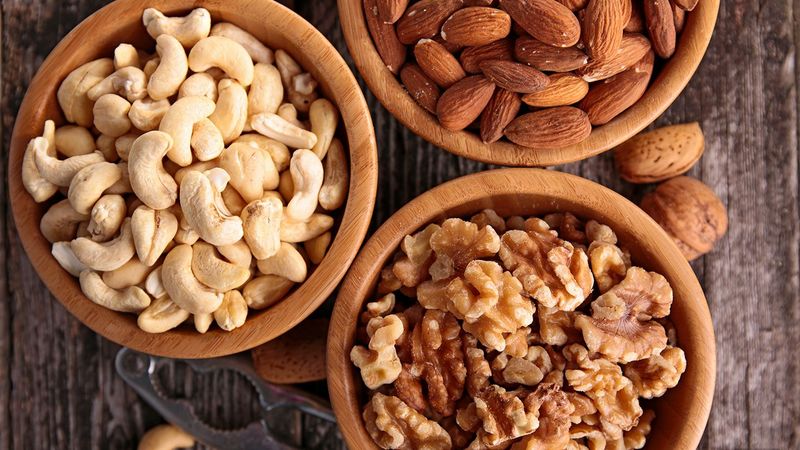
Tiny but powerful, nuts offer a cholesterol-lowering combo of fiber, plant sterols, and healthy fats. Almonds and walnuts, in particular, have been studied for their positive effects on LDL cholesterol. One handful a day—about an ounce—is enough to reap the benefits without overdoing calories.
According to the Mayo Clinic, nut-rich diets have been linked to lower risk of heart disease. Choose unsalted, raw, or dry-roasted varieties to keep sodium and added oils in check. Nuts make for the perfect snack or salad topper when you’re trying to snack smart and support your heart.
17. ADD: Fruits (Apples, Grapes, Berries)
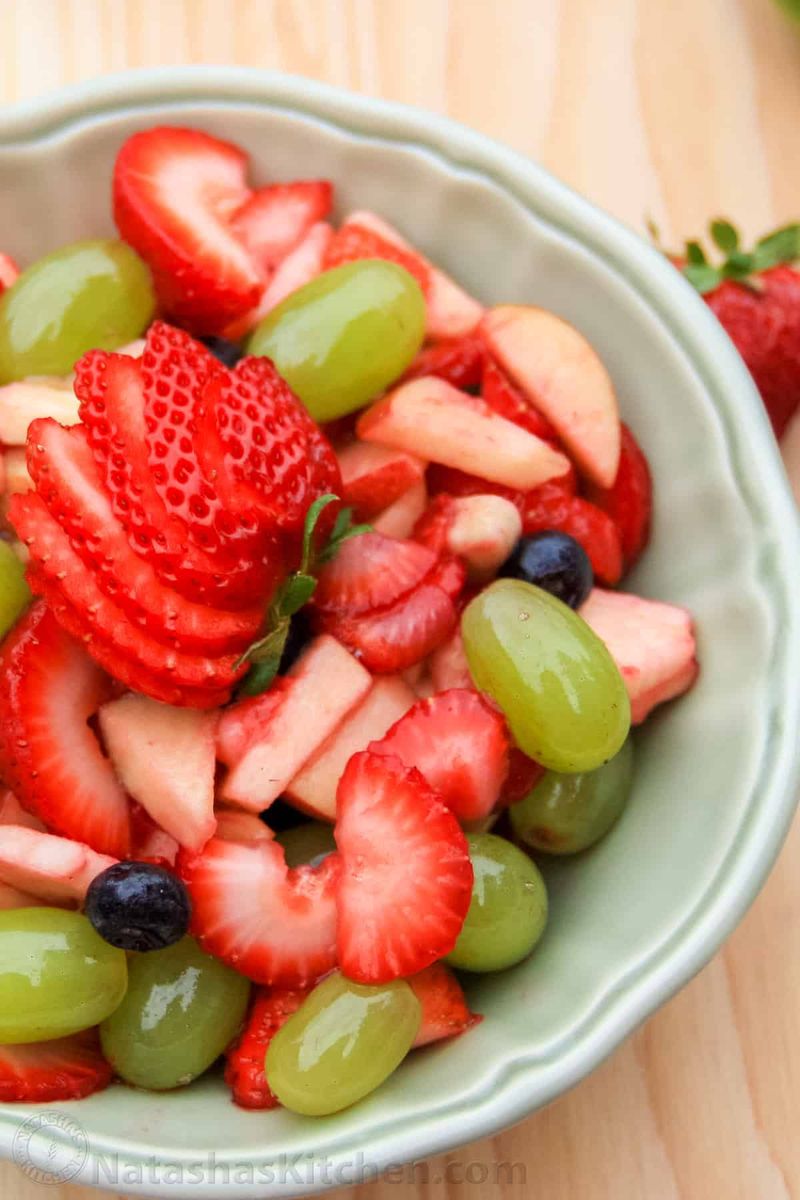
Nature’s sweetest treats—like apples, grapes, and berries—are more than just colorful additions to your plate. These fruits are packed with soluble fiber, antioxidants, and plant compounds that actively support lower cholesterol levels. Apples and grapes contain pectin, a fiber shown to reduce LDL, while berries are rich in polyphenols that improve overall heart health. Research consistently links fruit consumption with reduced cardiovascular risk. Whether fresh, frozen, or blended into smoothies, these fruits are easy to enjoy every day. They prove that eating for your heart doesn’t mean sacrificing sweetness—it just means choosing the right kind of natural indulgence.
18. ADD: Vegetables (Eggplant, Okra)

Earthy and often overlooked, eggplant and okra are unsung heroes when it comes to cholesterol-lowering power. Both vegetables are rich in soluble fiber, which helps trap cholesterol in the digestive system so it doesn’t make its way into your bloodstream.
Okra also contains mucilage—a gel-like substance that binds to cholesterol and aids in its excretion. Low in calories and high in antioxidants, these veggies offer heart-protective benefits without requiring major dietary changes. Roasted, grilled, or stewed, they add flavor and texture to meals while gently supporting your cardiovascular health—one forkful at a time.
19. ADD: Soy Products (Tofu, Soy Milk)
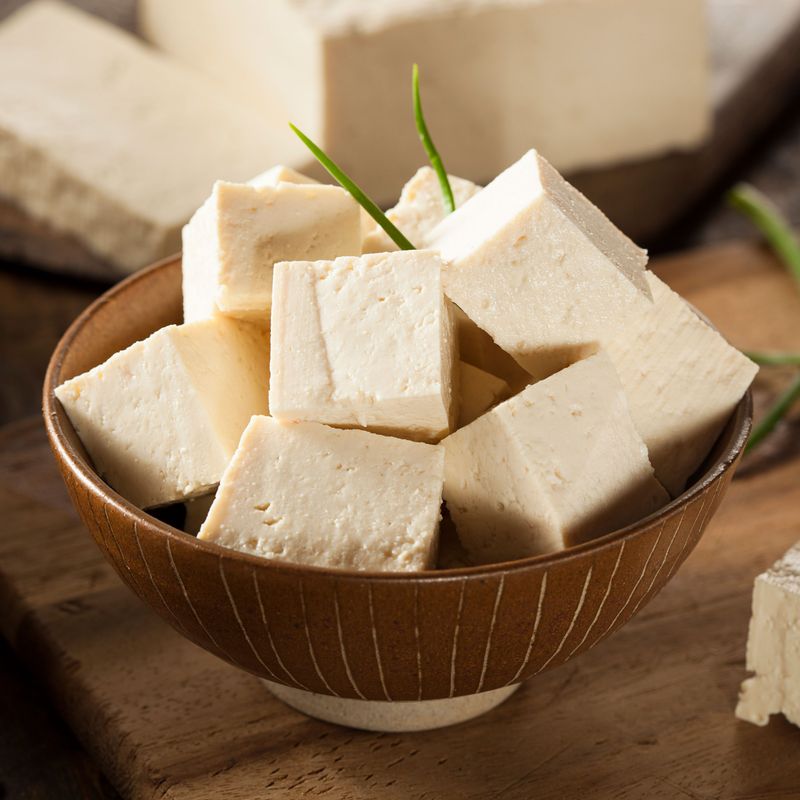
Soy-based foods offer a heart-friendly alternative to meat and dairy. Rich in plant protein and isoflavones, soy products have been shown to modestly reduce LDL cholesterol when included as part of a balanced diet. The FDA supports health claims that 25 grams of soy protein daily can help lower cholesterol. Tofu, tempeh, soy milk, and edamame are all delicious options that fit seamlessly into a variety of dishes. Whether you’re swapping out red meat or looking for a plant-based protein, soy is a smart, evidence-based choice to support heart health.
20. ADD: Avocados
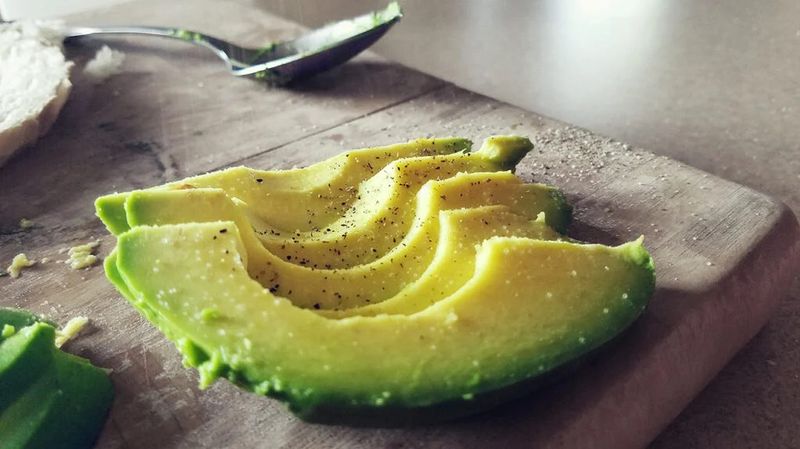
Creamy, satisfying, and full of heart-healthy fats, avocados are more than just trendy toast toppings. They’re rich in monounsaturated fat, which has been shown to lower LDL cholesterol without affecting HDL (“good”) levels. Avocados also deliver fiber and antioxidants, offering a one-two punch for heart health.
A study in the Journal of the American Heart Association found that eating one avocado daily as part of a moderate-fat diet improved cholesterol levels in overweight adults. Spread it, dice it, or blend it—just enjoy in moderation, as they are calorie-dense. Your heart (and tastebuds) will thank you.
21. ADD: Olive Oil
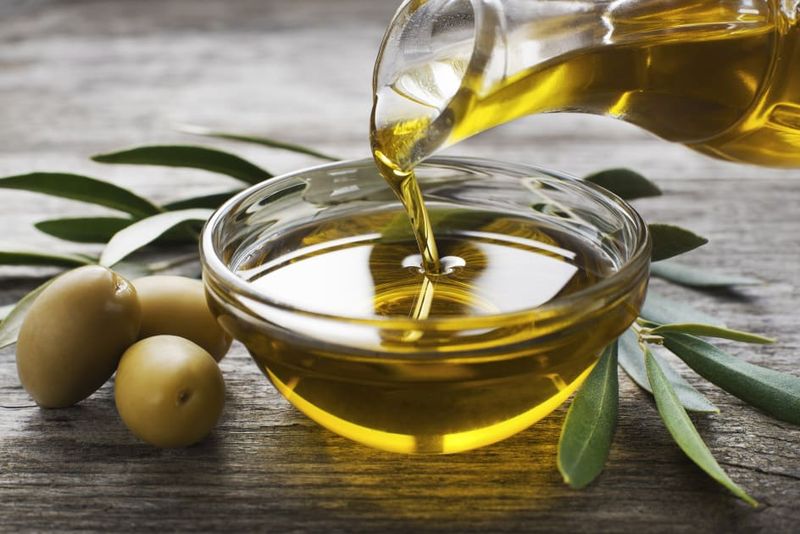
Liquid gold for your heart, extra virgin olive oil is packed with monounsaturated fats and antioxidants like polyphenols. These compounds help reduce inflammation and support healthy cholesterol levels by lowering LDL while maintaining HDL. It’s a cornerstone of the Mediterranean diet, which has been linked to reduced risk of heart disease. Use it as a salad dressing base, drizzle over vegetables, or substitute for butter in cooking. Just keep portions moderate—one to two tablespoons a day is ideal. Choosing olive oil is a flavorful and effective way to give your heart a little extra love.
22. ADD: Dark Leafy Greens (Spinach, Kale, Collards)
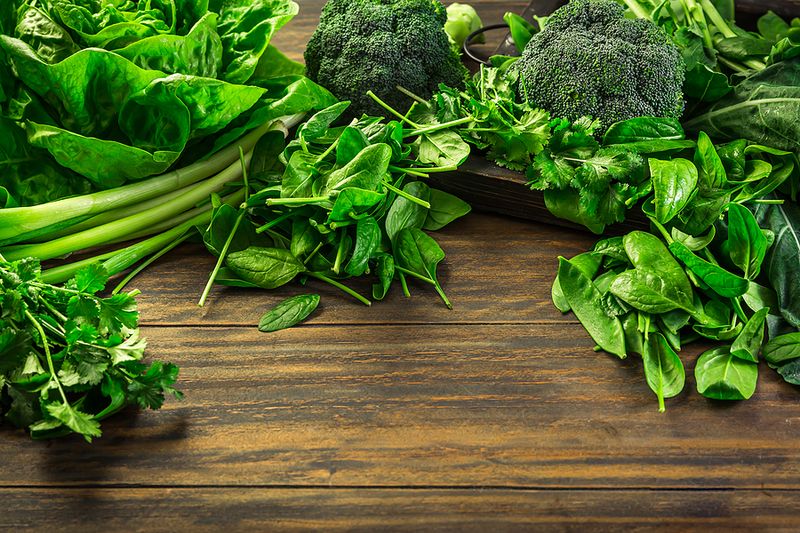
There’s a reason these greens are nutritional powerhouses. Spinach, kale, and collards contain lutein and other carotenoids that help prevent cholesterol from sticking to artery walls. They’re also packed with fiber, vitamins, and minerals that support overall cardiovascular function.
According to the American Journal of Clinical Nutrition, regularly consuming dark leafy greens is associated with reduced risk of heart disease. Sauté them, toss them into smoothies, or enjoy raw in salads. These versatile veggies make it easy to eat your greens while keeping your cholesterol in check.
23. ADD: Garlic
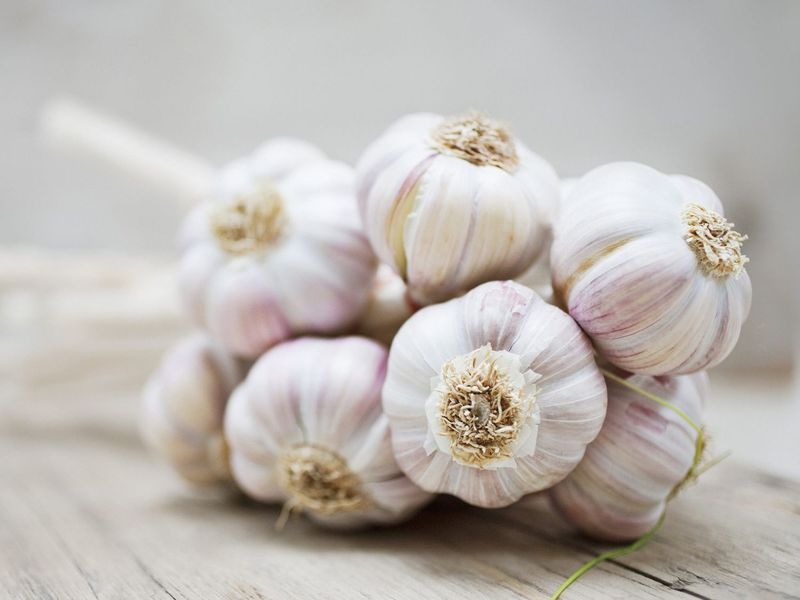
Small but mighty, garlic has been prized for centuries not just for its bold flavor, but for its medicinal benefits—especially when it comes to heart health. Studies suggest that compounds in garlic, particularly allicin, may help lower total and LDL cholesterol when consumed regularly over time.
While the effect isn’t dramatic, it’s meaningful when combined with other cholesterol-friendly habits. Fresh garlic is the most potent form, but even cooked, it can offer some benefits. Add it to sauces, soups, or roasted veggies—it’s an easy way to make your meals tastier and your heart just a little happier.
24. ADD: Green Tea

More than just a comforting beverage, green tea is full of catechins—antioxidants that help lower LDL cholesterol and improve blood vessel function. Multiple studies, including a review in the American Journal of Clinical Nutrition, support green tea’s role in reducing cholesterol when consumed regularly. Swap your afternoon coffee for a cup or two of green tea to reap its heart-healthy rewards. Unsweetened is best, and adding a slice of lemon can boost antioxidant absorption. It’s a simple ritual that can help protect your heart sip by sip.
Leave a comment